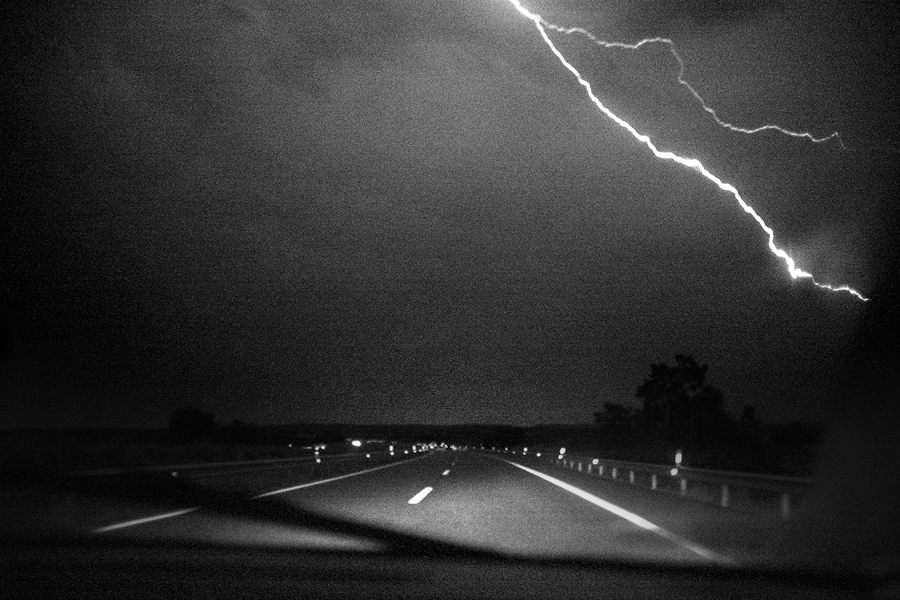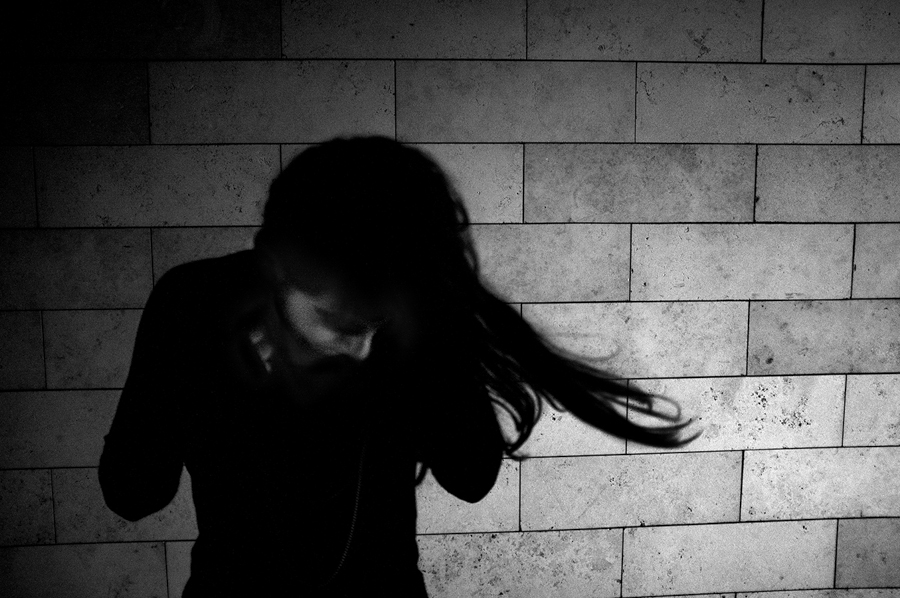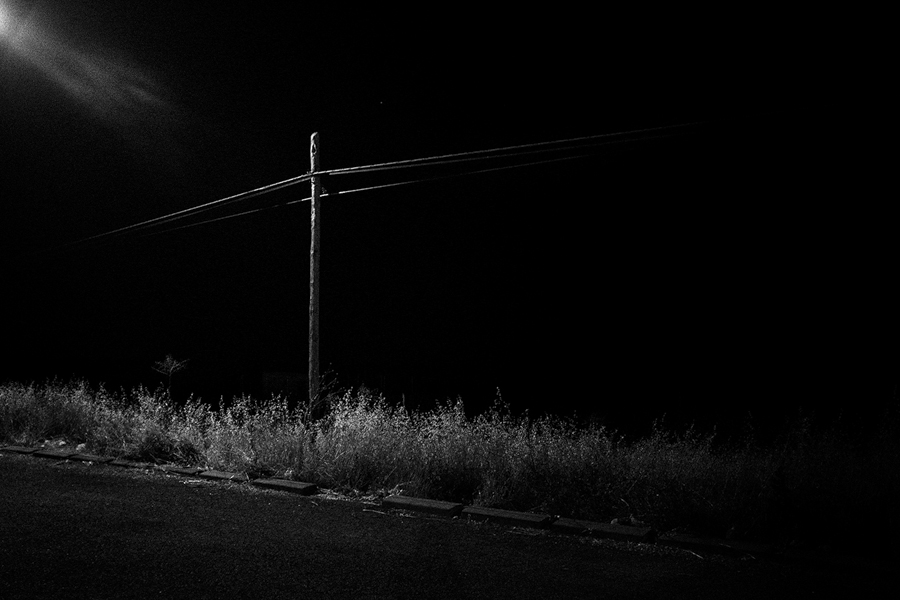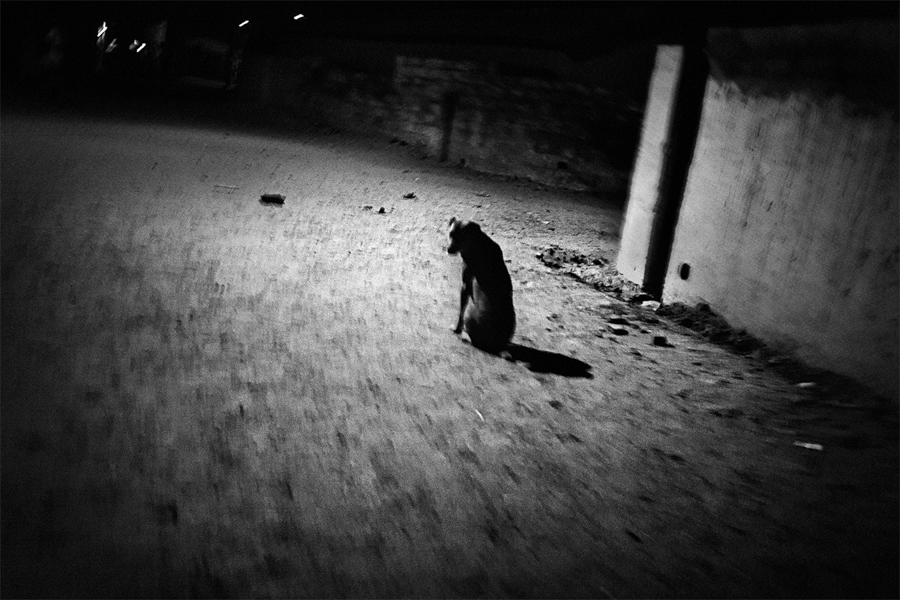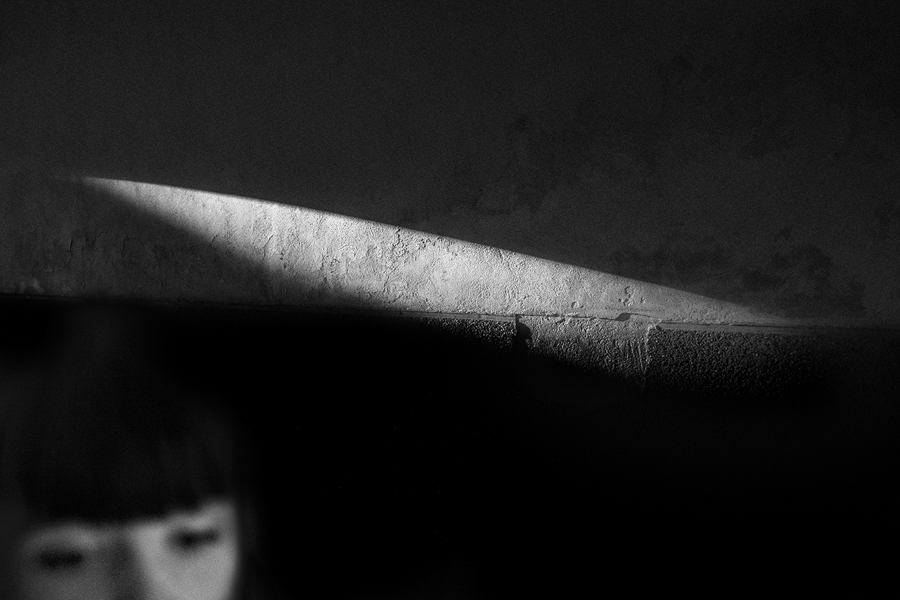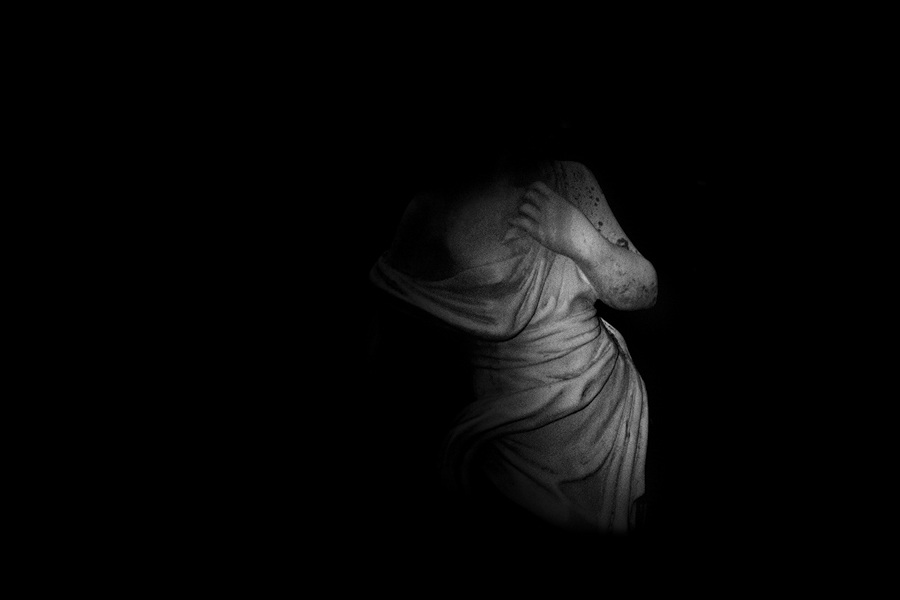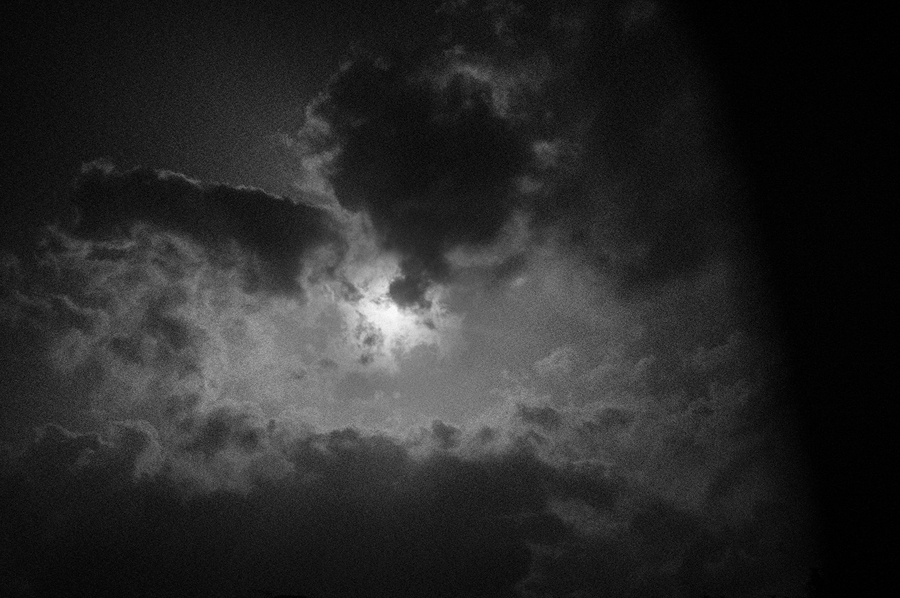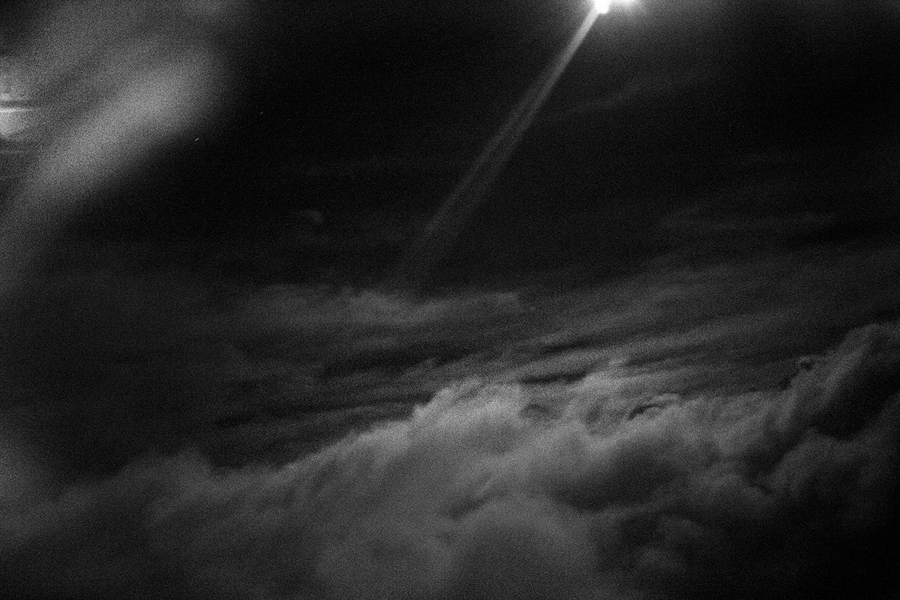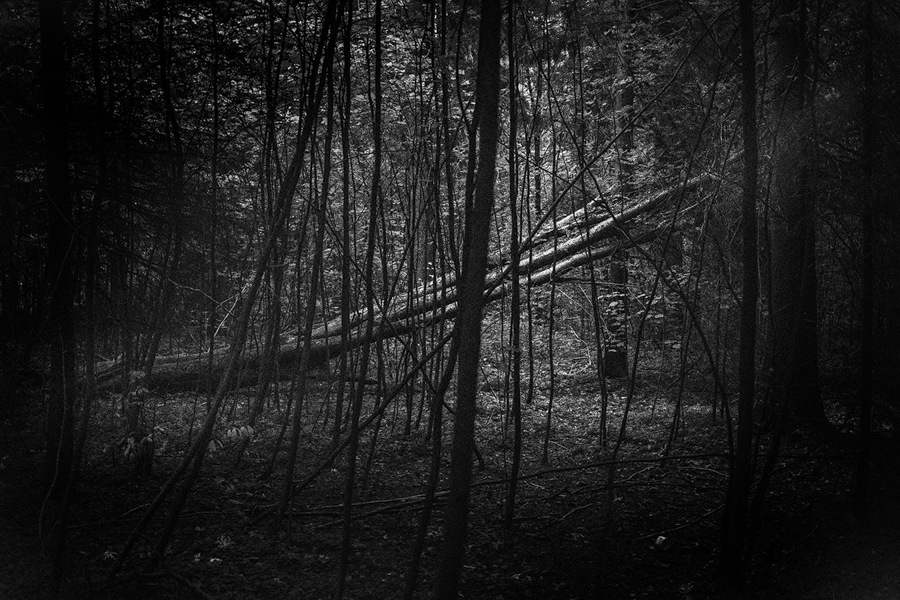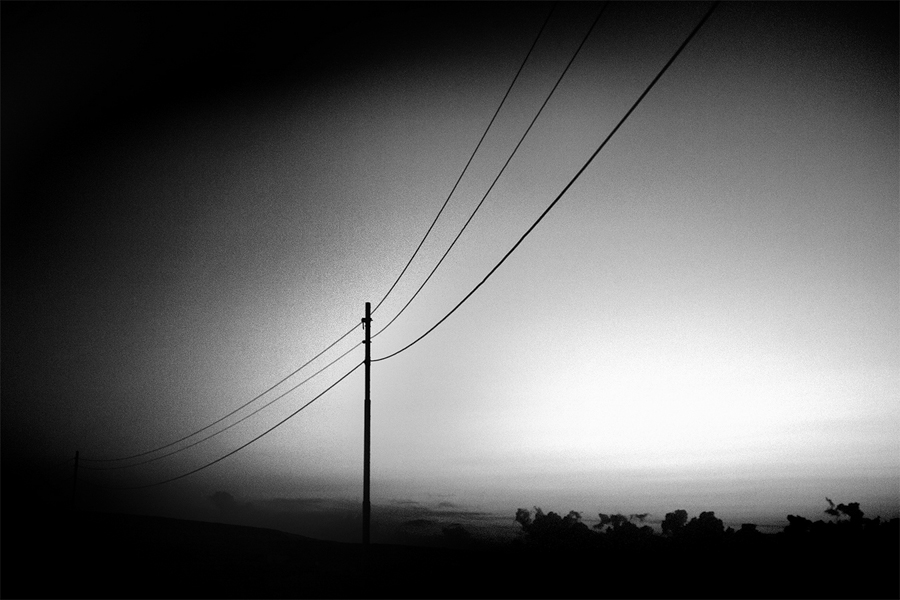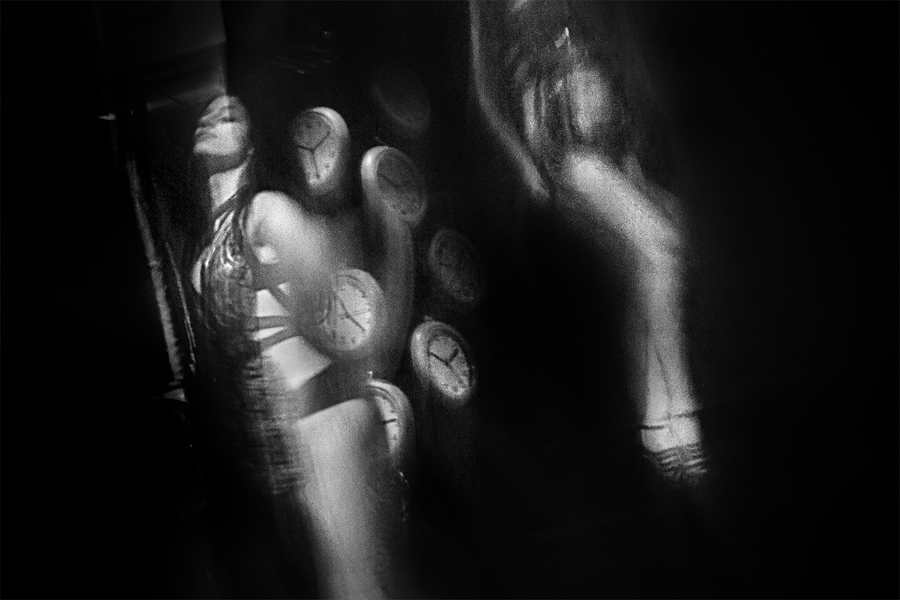“Almost Black” evokes a moving picture that even as it grows dark and opaque, still contains some light. Imagine the downward movement of the eyelids and what can be seen when half closed. On certain occasions we squint to focus on an image, reducing the amount of light in order to see clearer.
The images of Almost Black do not embody a concept, illustrate an idea or the moments of a narration, but far from that, they work towards the emotional side of each event. Their objective is to materialise an episode, which is, before all else, an episode of mood. The object of each of the pictures formed is to create in the observer the echo of that first emotion which was their starting point.
Jon Gorospe, in an extraordinary intuitive way, has brought to life the mechanism that T.S. Eliot judged was essential in art. In 1928, the poet and literary critic wrote: «The only way of expressing emotion in the form of art is by finding an “objective correlative”; in other words, a set of objects, a situation, a chain of events which shall be the formula of that particular emotion; such that when the external facts […] are given, the emotion is immediately evoked»
This is the poetic treatment that Almost black bestows on photographic language. Using data about the world as a vehicle of expression, in the same way that the connotative content functions with words. However, vehicle is an unfortunate metaphor, as images are not a type of portable receptacle, but highly inflammable material destined to burn in the gesture of manifesting and evoking the sensation.
From Eliot’s words it is also possible to deduce that the way in which the material adapts to the emotion always establishes a style. The style is a sensitivity that becomes flesh or pixel. Thus, we reach the rhetoric of the spiral of which Almost Black makes use: an emotional state convoking the disposition of the objects or provoking an encounter with a given image which, at the same time, must convoke or provoke the emotional disposition that created it. Its success will depend on the degree that these (the images) are capable of returning us to the initial emotion that Jon Gorospe wanted to be homogeneous and which vibrates at almost the same frequency, though on some occasions originates from something as tenuous as crack of light or a torn cloth and, among others, creates the climax and the emphasis of happy accidents. [Official Website]



